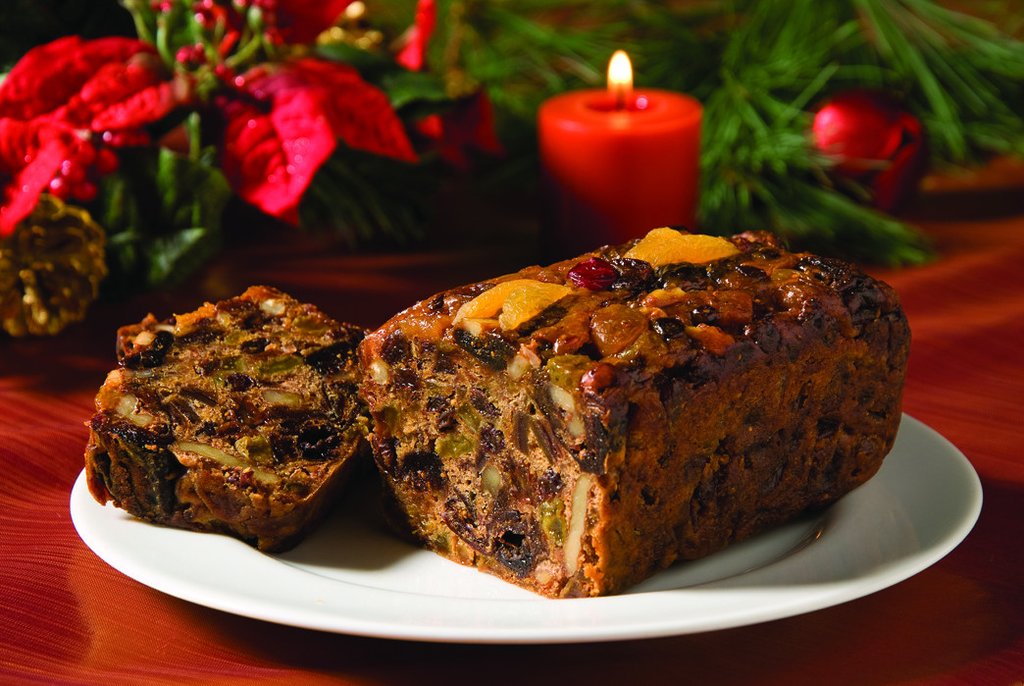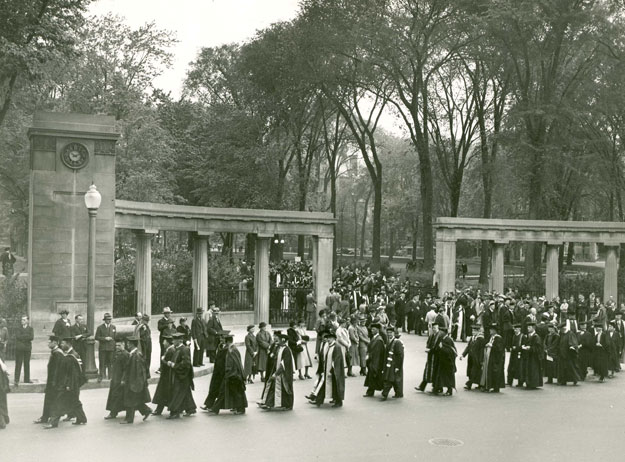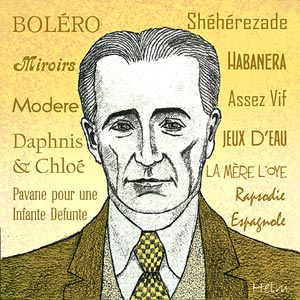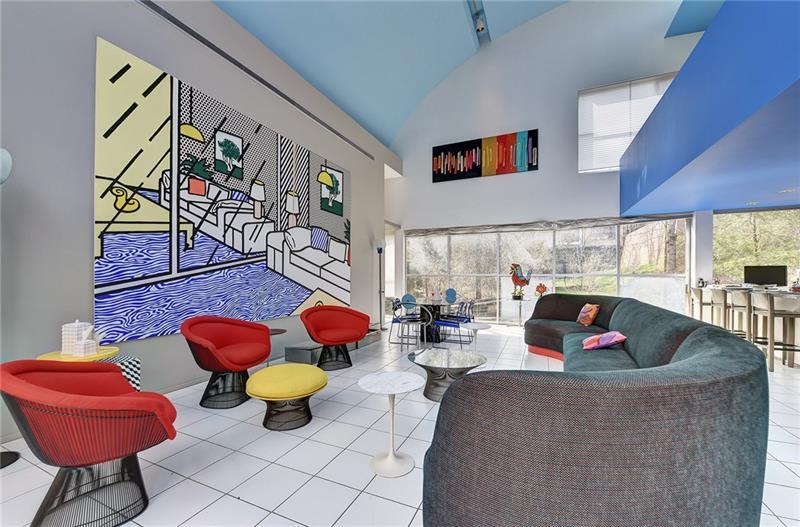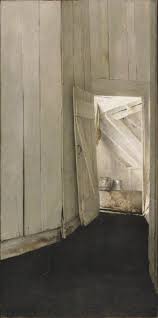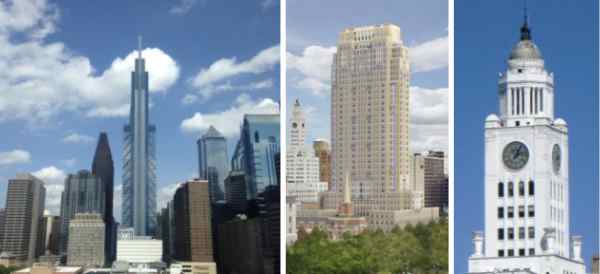FRUITCAKE
What is it with Americans and fruitcakes? For many years we used to throw an annual midday New Year’s Day party. Bloody Marys, big buffet table, Niman Ranch ham, stuff like that. People seemed to enjoy the food, but we noticed that there was usually leftover fruitcake. We were puzzled why there were so few takers, because we had gone to a lot of trouble to order this particular confection from Vermont. Perhaps because we came from Canada, where fruitcake—dark, moist, and rich—is a Christmas tradition, we didn’t know that to Americans fruitcake was associated with a different tradition.

